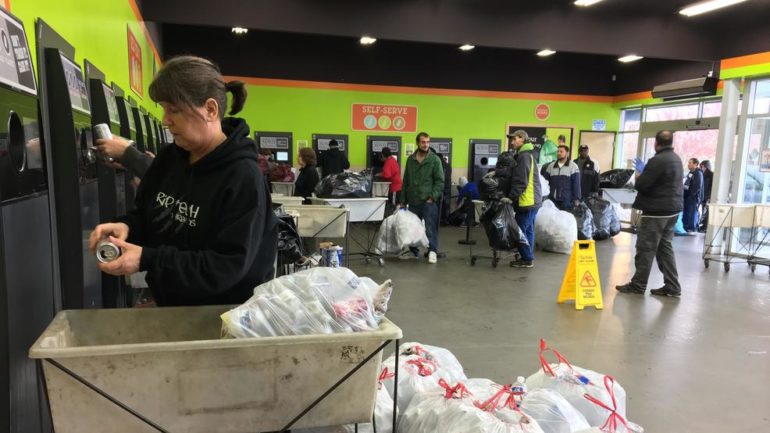Nowadays, recycling is more important than ever. According to Greenpeace, at least 10 percent of the 260 million tons of plastic produced each year ends up in the ocean. Trash is slowly but surely destroying our earth, and much of the waste that ends up in landfills is actually recyclable. In December 2018, the Royal Statistical Society of Great Britain discovered that only about 9% of all plastic ever made has been recycled.
Recycled, but not really recycled
Recycling receptacles are now a commonplace item in the garages of many Americans, so why does so much plastic and glass end up scattered on the ocean floor, where it becomes a death trap for marine life?
The answer lies in what happens to your recycling after it leaves your curbside bin.
China, the world’s largest importer of recycled paper and plastic, decided to severely limit its foreign recyclables imports in 2017. That meant that many American waste management companies suddenly lost their biggest buyer. Now, they are struggling to sell the material they collect.
The situation has not improved in 2019. With no buyers, these companies have had no choice but to send tens of thousands of pounds of plastic, paper, and glass to landfills.
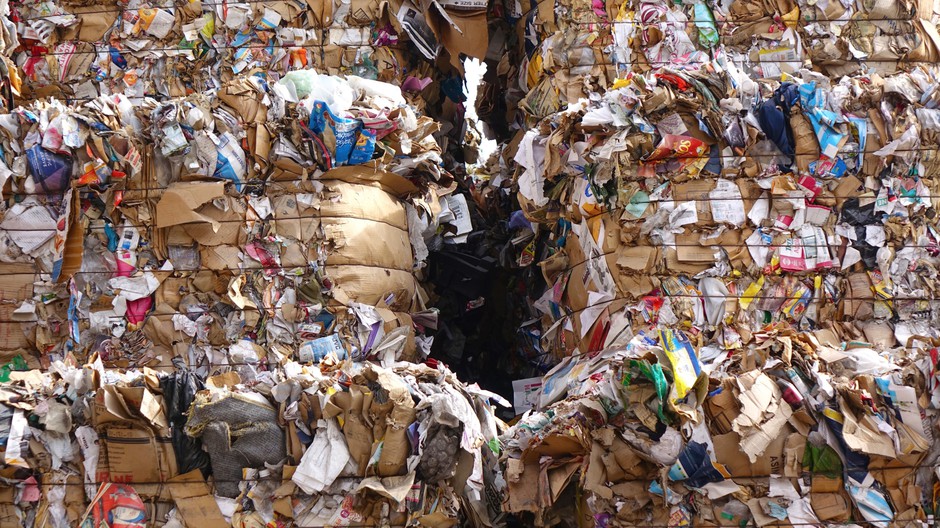
The problem with curbside recycling bins
Even though many Americans utilize them faithfully, traditional curbside recycling bins have proved to be part of the problem. That’s because the reason why China restricted foreign recyclables imports was because buyers were getting many non-recyclable items along with the recyclable ones.
When a bale of recycled material contains a non-recyclable item, it’s determined “contaminated” and rejected. So, China’s stricter requirements mean that more loads of recycling are turned away than ever.
Of course, most people don’t throw trash in a recycling bin on purpose. Most non-recyclable material ends up in recycling bins because of what’s called “aspirational” recycling. This is when someone tosses an item into the curbside bin because they mistakenly believe or hope that it’s recyclable. (Here’s how to avoid being an “aspirational recycler”).
The result? In the state of Oregon alone, over 23 million pounds of recyclables were dumped into landfills in 2018.
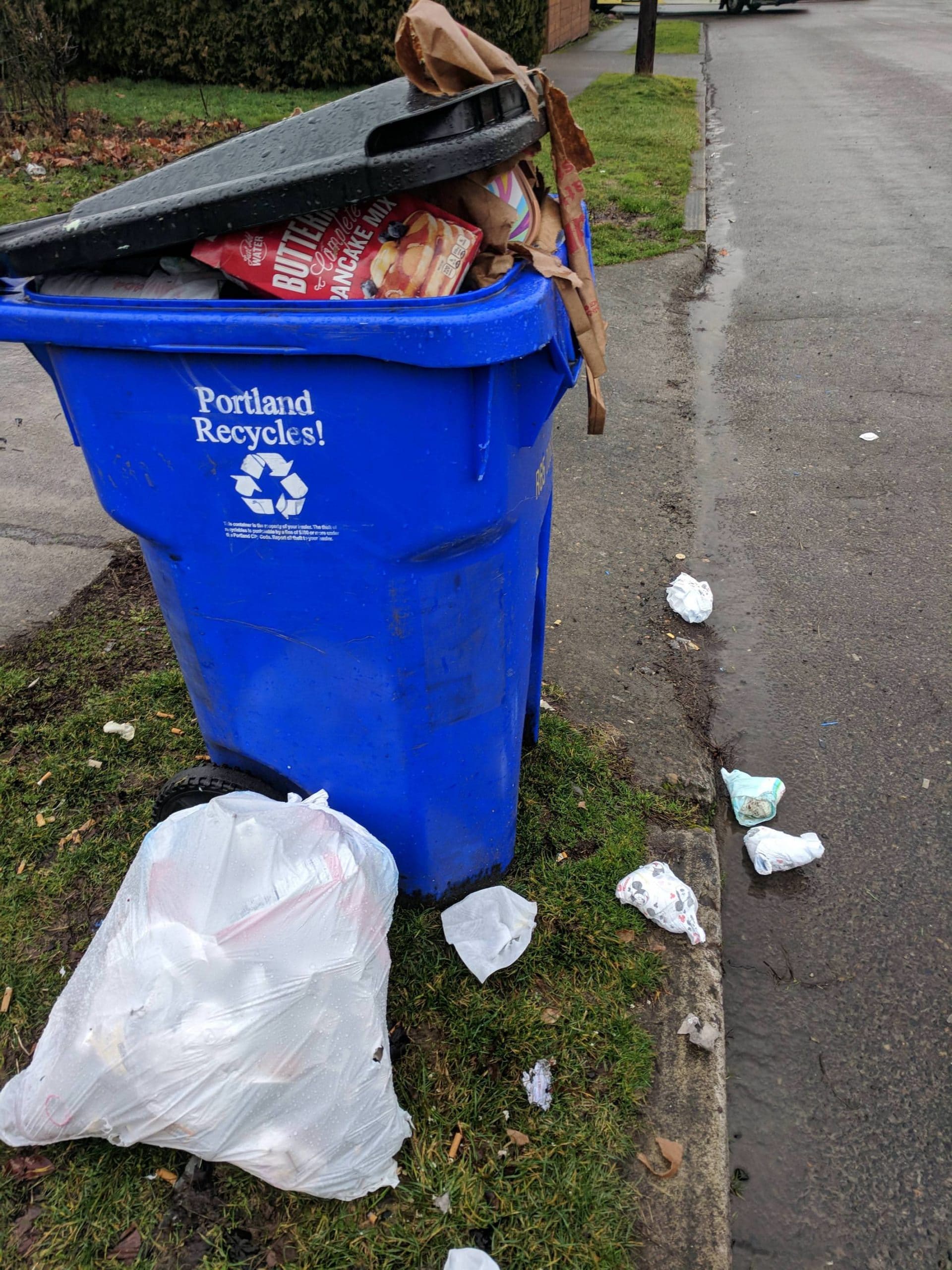
A lucrative and successful program
Nevertheless, a certain recycling model in Oregon is helping to keep the state’s recycling rate up, despite the setbacks. Oregon’s bottle deposit program recycled 2 billion bottles in 2018, an all-time record. But what has made it such a huge success?
First, the state doubled the bottle deposit to 10 cents, an amount incentivizing enough to get Oregon’s residents to bring their recyclables to bottle-drop redemption centers. Plus, the rewards are instant – bottles go in, money comes out!
Secondly, the program focuses only on “clean” recyclables.
“Because we deal only in glass, plastic and aluminum with very few exceptions, we have a very clean recycling product, which makes it easier to sell and recycle domestically,” said Joel Schoening of the Oregon Beverage Recycling Cooperative.
Third, the program’s “reverse vending machines” are user-friendly, fast, and efficient. They also take all the guesswork out of recycling. If a something isn’t eligible, the machine simply rejects it. No trash ever gets mixed in with recyclables.
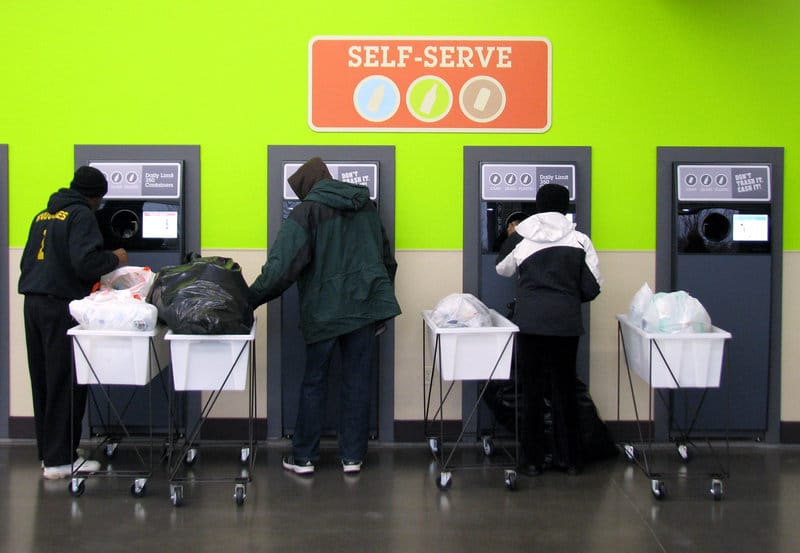
A system that works
Oregon’s bottle recycling method is an obvious success, given the recent statistics. In 2018, 90 percent of eligible bottles were recycled, up from 64 percent in 2016. In addition, membership to the program’s bottle drop-off service increased by 50 percent. But could Oregon’s model work in other states and countries as well?
Unfortunately, the response from most US states, and countries like Canada, Australia, and Britain has been to simply allow the trash to pile up, or haul it to landfills.
The European union has plans to impose a tax on plastic bags and packaging. Britain’s prime minister Theresa May is hoping to introduce more foods without plastic packaging to supermarkets in her country. But even those measures won’t get rid of the endless piles of recycling that have nowhere to go.
Therefore, other states and countries would do well to take a look at Oregon’s recycling model. But until then, it’s up to us as individuals to find ways to reduce, reuse, and recycle.
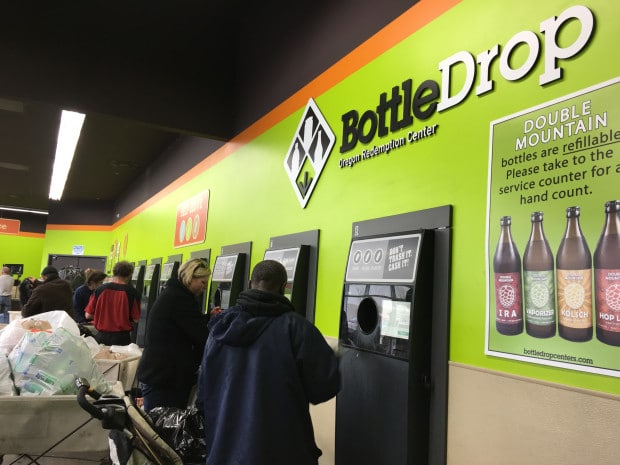
Photo credits: AP Photo/Kristena Hansen, Jes Burns, OPB/EarthFix, reddit, Cascade Business News.
